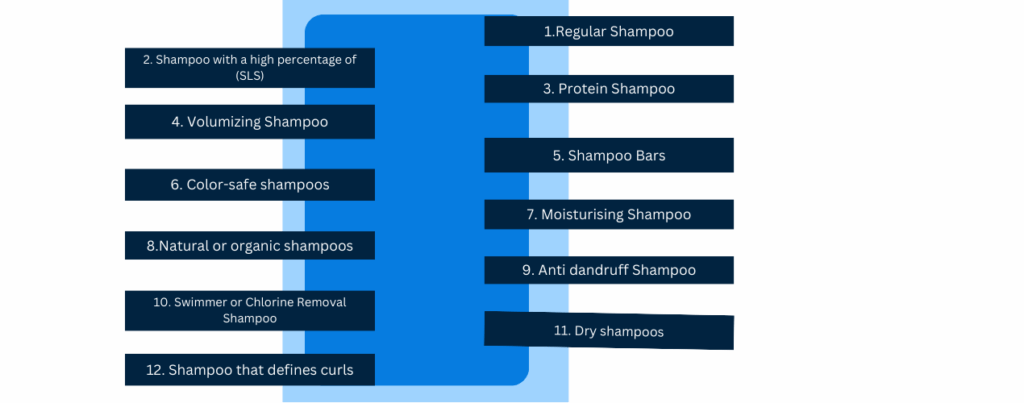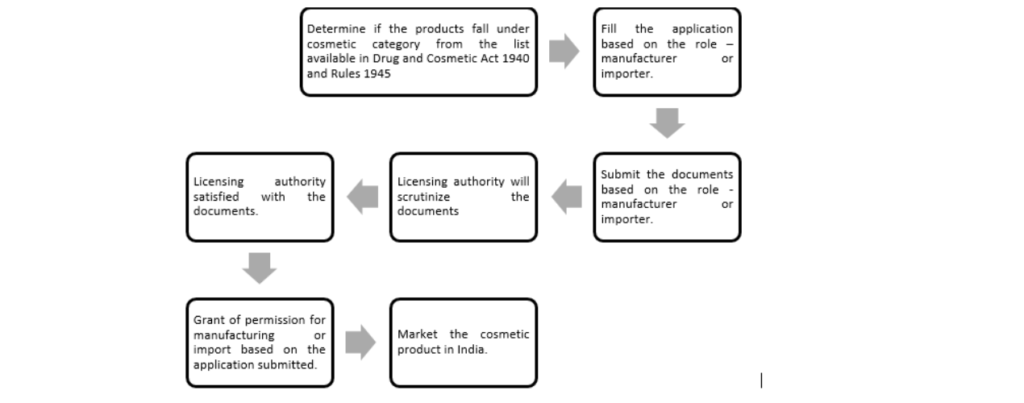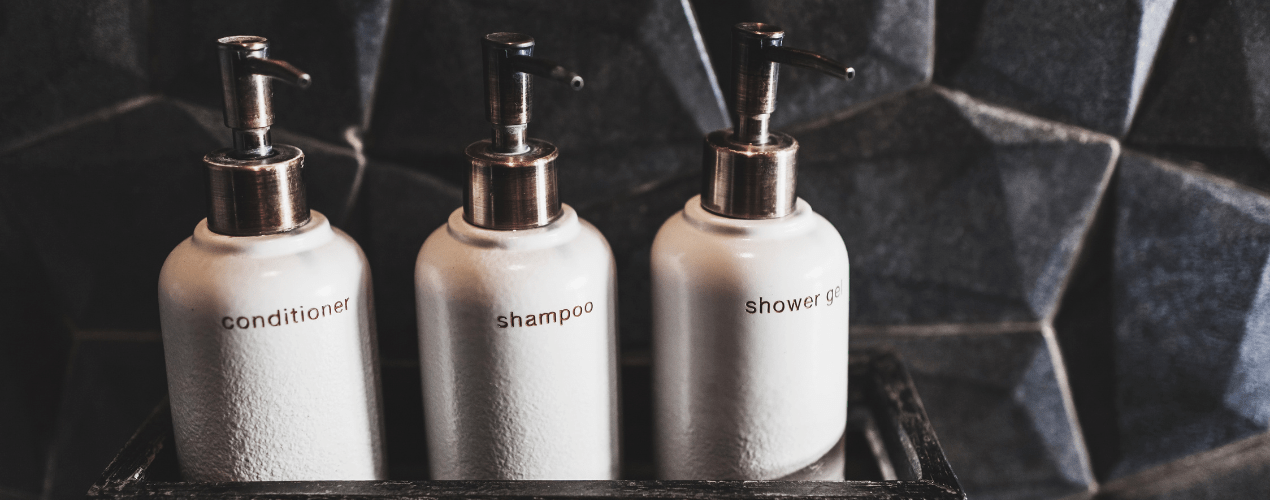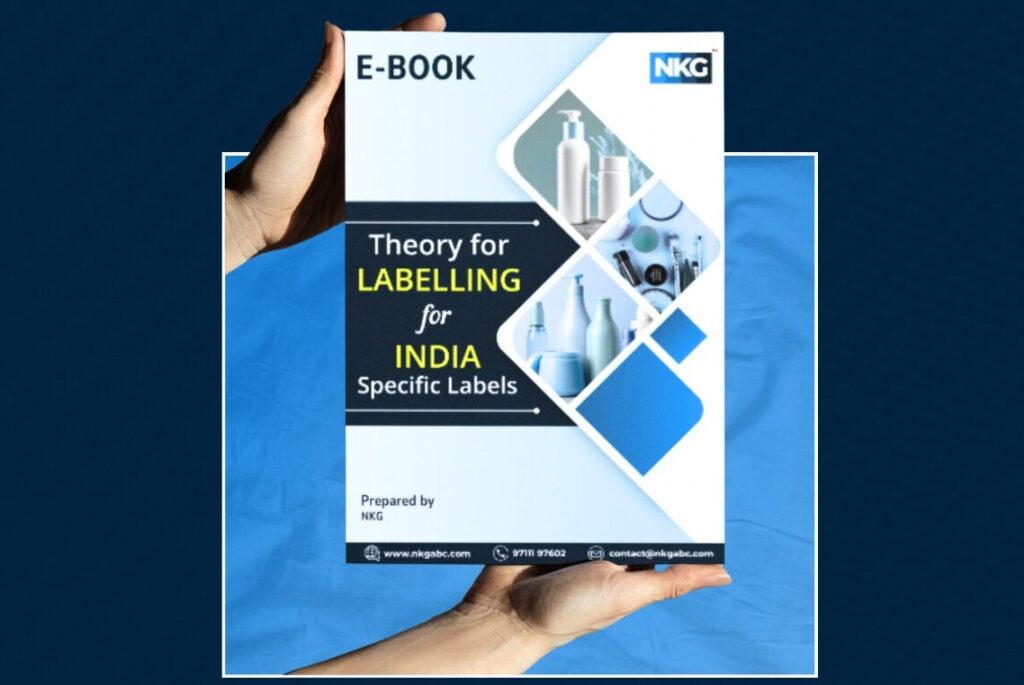India Shampoo Registration
1. Overview
The Central Drugs Standard Control Organisation (CDSCO) is the Indian regulatory body that oversees the sale of drugs, cosmetics, and medical equipment in that country. The main goal of CDSCO is to ensure that the products sold to the target market are beneficial and have a low risk-benefit ratio. They want to ensure that fair trade principles are upheld and that consumers can choose the products they wish to use according to their cultural, religious, and health customs. To keep consumers informed about the products they are using and consuming, CDSCO supervises the product’s manufacturing, sale, and distribution and manages its label, packaging, and advertising.
CDSCO continually amends existing rules and implements new ones to ease the lives of consumers and traders for Shampoo Registration in India. CDSCO abides by the Rules of 1945 and the Drug and Cosmetic Act of 1940 for regulating cosmetics in India. These regulations provide the framework for manufacturers and importers looking to enter the cosmetics market in India. Every step of the process, including the production, importation, storage, labeling, transportation, and marketing of cosmetics to Indian consumers, must adhere to these regulations.
2. What are cosmetics ?
As per the Drugs and Cosmetics Act of 1940, Cosmetics is “any article that can be rubbed, poured, sprinkled, sprayed, applied or introduced to any part of the human body to increase the beauty, appearance or attractiveness or any part that consumers can use in cosmetics.
3. What is shampoo ?
The most popular category of hair care cosmetics is shampoo, a basic hair care product. Typically, shampoo comes as a thick liquid, except in some waterless solid forms, like a bar. Shampoo was created to replace soap for cleansing the scalp and hair effectively, eliminating excess sebum, dandruff, environmental dust, and product residue.
4. Types of shampoo

12 different types can be used based on the requirement.
- Regular Shampoo: This daily-use shampoo is ideal for those without particular hair needs. It is gentle and contains only a small amount of cleaning agents. All hair types can benefit from regular shampoo.
- Shampoo with a high percentage of sodium lauryl sulfate (SLS) to help remove product buildup is a clarifying shampoo.
- Protein Shampoo (Anti-Breakage Shampoo): Protein shampoos fortify damaged hair and give it a shiny, healthy appearance by containing hydrolyzed keratin or plant proteins.
- Volumizing Shampoo: Shampoos lift the roots to make your hair appear fuller and bouncier.
- Shampoo Bars – Shampoo bars resemble bars of soap and have a lower water content than conventional liquid shampoos.
- Color-safe shampoos contain ingredients that won’t cause your hair dye to fade. These shampoos can maintain the moisture, defense, and hydration of your colored hair. They work well with all types of hair.
- Moisturising Shampoo – Moisturizing shampoos have a high proportion of moisturizing components like silicones, oils, shea or cocoa butter, and aloe vera that hydrate the hair and help stop it from drying.
- Natural or organic shampoos contain plant-based ingredients and are free of harsh chemicals like alcohol, sulfates, phthalates, silicones, and synthetic preservatives like parabens and PEG.
- Shampoos that fight dandruff and soothe itchy scalps are known as anti-dandruff shampoos. They contain ketoconazole in their formulation to treat dandruff, improve hair conditioning, and lessen hair loss.
- Swimmers Shampoo or Chlorine Removal Shampoo: A chlorine removal shampoo eliminates chlorine odor and residue while replacing moisture that has been lost. It has nourishing conditioners that keep your hair soft and protected.
- Dry shampoos are used to revive your hair in between washes. They come in liquid, powder, and spray aerosol forms.
- Shampoo that defines curls: Natural hair is often frizzy and dry. Hydrolyzed proteins, amino acids, and hydrating ingredients are found in curl-defining shampoos, which moisturize hair and enhance curl definition.
5.Category of makeup
Unlike medical devices, CDSCO does not classify cosmetics into different classes based on the risks involved. While cosmetics are categorized as per the category list given by the authority depending upon their intended use. The shampoo is categorized into Hair and scalp products under Hair and scalp care and cleansing products.
6. Forms required for Shampoo Registration in India
Application Form | Approval Form | Fees | Licensing authority | Validity | Penalty |
Form Cos -1: Application to import cosmetic | Form Cos- 2: Permission to import cosmetics | $1000 for each category+ $50 for each variant + $500 for each manufacturing site |
CDSCO | Five years | Under section 10 A, a person can get imprisonment for three years, a five thousand fine, or both. |
Form Cos– 5: Application to manufacture cosmetic | Form Cos– 8: Permission to manufacture cosmetics | Rs. 10,000/- (Ten items of each category are free) | Five years | A person can get imprisonment for one year, a one thousand fine, or both, which can be extended to 2 years imprisonment and a fine up to INR 2000. | |
Form Cos– 6: Loan license application to manufacture cosmetics. | Form Cos– 9: Permission for loan license to manufacture cosmetics. | Rs. 2500 and Rs. 1000 inspection fees for each inspection. | Five years | NA |
7. Documents for for Shampoo Registration in India
To manufacture | To import |
Form Cos –5; | List of documents required for Import registration in COS-2: |
Adhar card number with valid mobile number (mandatory) | Document required from the overseas manufacturer: Legal documents (which need to be attested): · First Schedule · Frees Sale certificate. · GMP certificate of an actual manufacturing site – Technical Documents (on manufacturer’s letterhead with a sign and stamp): · Product Specification/COA · Ingredients List · Testing Method · Heavy Metal declaration · Non-animal testing declaration |
Fees challan; Cover letter | Documents from Authorised Agent: · Cover Letter · Second Schedule
The applicant must provide the translated version if any documents are in a foreign language. |
Ownership of the cosmetics brand. |
After getting the registration certificate, · If there are any changes in labeling or composition or testing, specification, or documentation of any of the cosmetics pertaining to this Registration Certificate, etc., then it needs to be informed to CLA within 30 days of such changes. · And if there is any Change in Name or address of the Authorized Agent or Legal manufacturer without constitutional change, then it needs to be informed to CLA within 60 days of such changes. |
Documents of the firm constitution, such as the article of association | An affidavit shall be present if there is no provision for a manufacturing license for cosmetics in a country. |
Declaration of partners and the list with the names of Directors, Partners, and Trustees with their complete addresses | For those cosmetics products imported for R & D purpose registration certificate is not required. |
Power of Attorney on behalf of the company to authorized agents to submit applications | Fresh/ New registration cases: · Any change in the constitution of a Licensee. · In case of acquisition or merger of the company with any other company. · Change in share capital or Board of Directors. · Proprietorship to a partnership, including Limited Liability Partnership or vice versa. · Conversion from a private to a public company or from a public to a private company |
Approved layout plan for manufacturing site with the section-wise layout of the site and machines. | No fresh/new registration cases: · Testing Method change. · Composition change · Updates in packs and labels · Minor manufacturing changes not affecting the final product. · Change in Name or address of Authorized agent or Legal manufacturer without constitutional change.
v A fresh registration certificate has been taken from the CLA within 180 days of such change. |
Possession of documents such as ownership. Registry, lease, rent papers. |
|
Master file of the site. |
|
List of the plant according to a section of machinery and safety equipment |
|
Technical staff’s full particulars. |
|
Declaration of manufacturing analytical chemist |
|
List of cosmetic products with their composition formula and manner of labelling. |
|
Manufacturing process details, flow chart of the process. |
|
Details of the water system with water testing report. |
|
Registration from the district industries centre. |
|
Permission from state pollution control for manufacturing site |
|
NOC from the fire safety office |
|
Approval from the government for testing. |
|
8. Steps for Shampoo Registration in India

Conclusion: The Indian market for hair care products was worth INR 224.76 billion in 2018 and is projected to grow to INR 384.19 billion by 2024, at a CAGR of 9.35%. In recent years, hair care has become a crucial component of the typical Indian woman’s beauty regimen. The Indian hair care market quickly evolved because of easy access to global beauty trends. As a result, the Indian government is working with CDSCO to regulate the cosmetic market to prevent consumers from buying into false advertising and to give them a wide range of options. New producers and importers must research the market dynamics, adhere to the rules for product registration, and enter the market.







